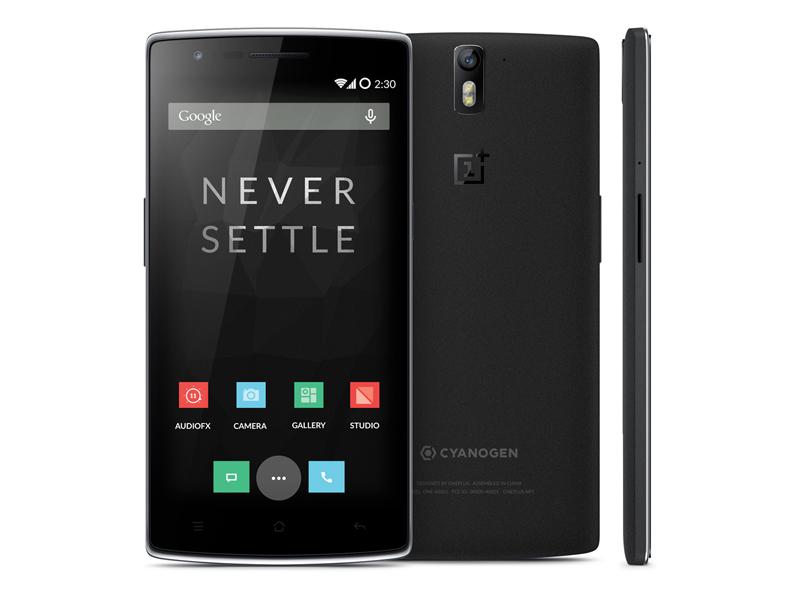
Ah, smartphones. Assuming you aren’t reading this article by complete accident, I’m going to assume that you probably love them. From the way that they look and feel, to the way that they operate, there’s a lot that we love about smartphones. On the flip side, though, there’s probably a couple of things that we don’t love about them. The first thing that comes to mind? Their price.
Smartphones have always been kind of pricey. It’s been expected at this point, really. When the first smartphones came out, you couldn’t realistically expect to get one for cheap. They were revolutionary! It was like trying to pick up one of the first PCs for a few bucks - it wasn’t going to happen. I mean, sure, if you signed a 2-year contract you’d get a pretty nice discount on your phone. Buying one full-price is a different story, though. We’re talking hundreds of dollars here. Smartphones essentially are the price of an average computer.
Or at least, typically they are. Lately, however, it seems that more affordable full-price phones are hitting the shelves. I can’t say I can complain about it, either.
You see, before we got to this point, if you mentioned a “cheap” or “affordable” smartphone, you typically got what you paid for: a laggy hunk of plastic that eventually got around to doing what you wanted it to do if it didn’t force close itself into oblivion first. A cheap smartphone meant you were pretty much out of options. These days, “cheap” or “affordable” doesn’t necessarily mean any of that. In fact, sometimes “cheap” and “affordable” can actually mean you’re getting a pretty decent rig out of the deal.
I bring this up because of the official reveal of the OnePlus One. The OnePlus One is the first phone to come from the relatively new startup “OnePlus”, and from the surface it honestly looks like a really nice device. The design is simple and attractive, the size is somewhat large with a 5.5-inch display, something that seems to be trending in recent days, and the specs are comparable to today’s Android flagships like the Samsung Galaxy S5, the HTC One (M8), and more. Of course, what really makes this phone stand out from the rest is the $299 starting price. That’s even cheaper than the Nexus 5, which starts at $349.
I probably won’t be picking up the OnePlus One myself, but the fact that this phone really exists and is really sold at this price makes me realize that there’s a real push coming for more affordable, usable smartphones. The Google Nexus phones have been making this push for a few years now, and then we follow up with phones like the Moto X (and perhaps more importantly) the Moto G. You also have the BLU products, which is a little-known company that also pushes for decent phones with a cheap price tag. Finally, we have the OnePlus One to add to that list.
To me, it feels like this is the dawn of a new era for smartphones. People are realizing that they can pick up phones with quad-core processors, 13-megapixel cameras, 16GB of memory and 3GB of RAM for less than $300. This phone proves that it is possible. With that information out there, people are going to start wondering why they should pay double the cash for a phone with similar specs. Are we really paying double the cash for the same specs? Or are we paying that much because of the name associated with the device?
So, in the end, I feel like - that is to say, I hope - things are about to change for the better when it comes to affordable smartphones.